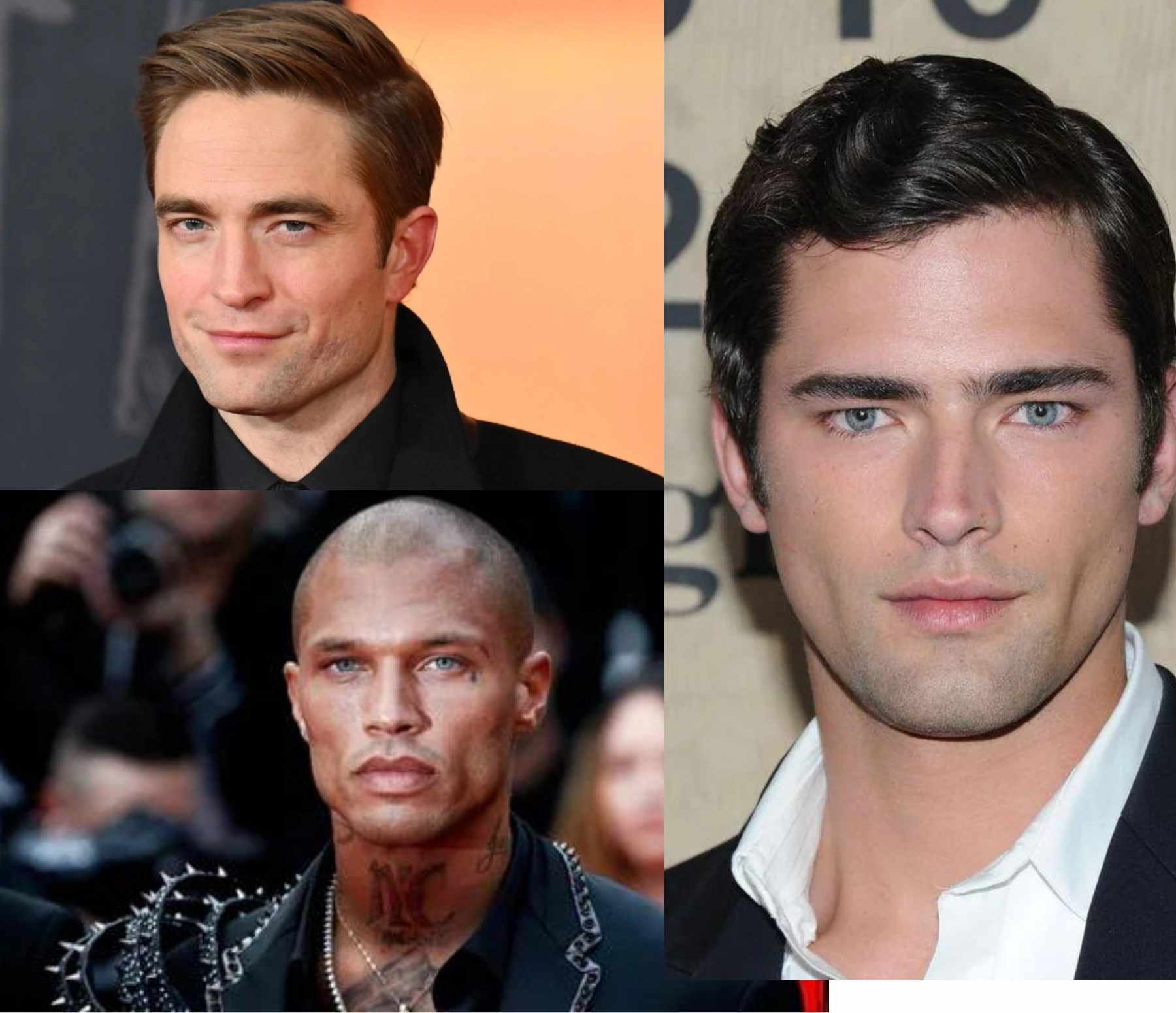Understanding Hunter Eyes: The Science, Appeal, and Ways to Achieve the Look
Introduction: hunter eyes?
hunter eyes have become a popular term in discussions about facial aesthetics, symbolizing a sharp, intense, and sometimes mysterious look. These eyes are often associated with strength and confidence, which many people find inherently attractive. But what exactly are “hunter’s eyes,” and why are they so appealing?
In this article, we’ll dive into the details of hunter’s eyes, breaking down what makes them unique, exploring the psychological impact they have, and even discussing if and how one can enhance or replicate this look. So, if you’ve ever wondered what sets hunter eyes apart, let’s explore it together!
- Defining Hunter Eyes: Characteristics and Features
Hunter’s eyes are characterized by several specific traits. Unlike “prey eyes,” which have a rounder and softer look, hunter eyes appear more intense, almond-shaped, and deep-set. Let’s take a closer look at the defining characteristics:
1.1 Almond Shape
One of the primary features of a hunter’s eyes is their almond-like shape. Unlike rounder eyes, which give off a soft, wide-eyed look, almond-shaped eyes are more elongated, giving them a focused, penetrating gaze.
1.2 Hooded Upper Lids
Hunter’s eyes often feature a slight hooding of the upper eyelid, which creates a shadow that adds depth and mystery. This hooding gives the eyes a more “inward” and focused look.
1.3 Low Exposure of the Sclera
A hallmark of hunter’s eyes is minimal exposure of the sclera, or the white part of the eyes, especially at the bottom. This characteristic prevents the eyes from looking too wide, maintaining a narrower, intense gaze.
- The Psychological Appeal of Hunter Eyes: Why Are We Drawn to Them?
While hunter’s eyes are visually striking, there’s more to their appeal than just appearance. From a psychological perspective, these eyes exude confidence and alertness—traits that can be subconsciously attractive.
2.1 Confidence and Dominance
Hunter’s eyes often project an aura of confidence and dominance. In evolutionary terms, these traits could signal strength, control, and focus, qualities that were beneficial for survival.
2.2 Mysterious and Alluring Look
The deep-set nature of the hunter’s eyes often lends them a mysterious vibe, making the person appear reserved and focused. This hint of mystery can add to the allure, as people tend to be drawn to individuals who appear complex or slightly enigmatic.
2.3 Subconscious Cues and Attraction
Our subconscious mind often interprets certain physical features as signs of particular personality traits. Hunter’s eyes, with their intense and slightly narrowed look, may subconsciously be associated with intelligence and attentiveness.
- Hunter Eyes vs. Prey Eyes: Understanding the Contrast
Hunter and prey eyes are two terms often used in discussions about face shape and attractiveness. While the hunter’s eyes are more narrow and intense, the prey’s eyes are rounder and softer. Let’s explore the key differences.
3.1 Shape and Placement

Prey eyes tend to be rounder and more open, with a broader exposure of the sclera. This shape creates a more innocent and approachable look, compared to the sharp, intense nature of hunter eyes.
3.2 Perceived Personality Traits
Prey eyes often convey a sense of warmth, friendliness, and vulnerability, while hunter eyes project control, mystery, and strength. Both types have unique appeals, but they cater to different types of attraction.
3.3 Gender Differences and Cultural Perceptions
In many cultures, the hunter’s eyes are considered more traditionally masculine, while the prey’s eyes are seen as more feminine. However, many individuals with hunter’s eyes—regardless of gender—can use their eye shape to convey various facets of their personality.
- How to Identify Hunter Eyes: Do You Have Them?
Curious to know if you have hunter’s eyes. Here’s a checklist of features and a few ways to assess whether your eyes fit this description.
4.1 Check Your Eye Shape
Almond-shaped eyes that are deep-set and slightly hooded are often classified as hunter’s eyes. Use a mirror to observe your eye shape and look for the characteristic traits of a hunter’s eyes.
4.2 Sclera Exposure Test
One quick way to check if you have hunter’s eyes is by assessing your sclera exposure. If there’s minimal white space visible under your iris, it’s likely that your eyes fall into the hunter category.
4.3 Consult an Expert or Use Photo Analysis
Sometimes, facial features can be difficult to classify on your own. Some people turn to facial aesthetic experts or use digital tools to analyze their eye shape and determine if they have hunter’s eyes.
- Enhancing Hunter Eyes Naturally: Tips and Tricks
If you don’t naturally have hunter’s eyes but like the look, there are several ways to enhance your eyes to achieve a similar appearance. From makeup techniques to lifestyle changes, here are some tips.
5.1 Makeup Techniques for a Hunter Eye Look
Makeup can work wonders when it comes to eye enhancement. For a hunter-eye look, try using darker eyeshadows around the crease to create depth. Tightlining and using mascara on the upper lashes can also create a more intense, narrowed look.
5.2 Facial Exercises and Massage
Facial exercises can sometimes subtly alter eye shape or add definition to the brow area, which can enhance the hunter’s eye appearance. Some people use facial massages to reduce puffiness around the eyes, which can also accentuate depth.
5.3 Lifestyle Factors: Sleep, Diet, and Hydration
Healthy lifestyle choices can significantly impact the area around your eyes. Adequate sleep, a balanced diet, and staying hydrated can reduce puffiness and dark circles, enhancing the natural intensity of your gaze.


Post Comment